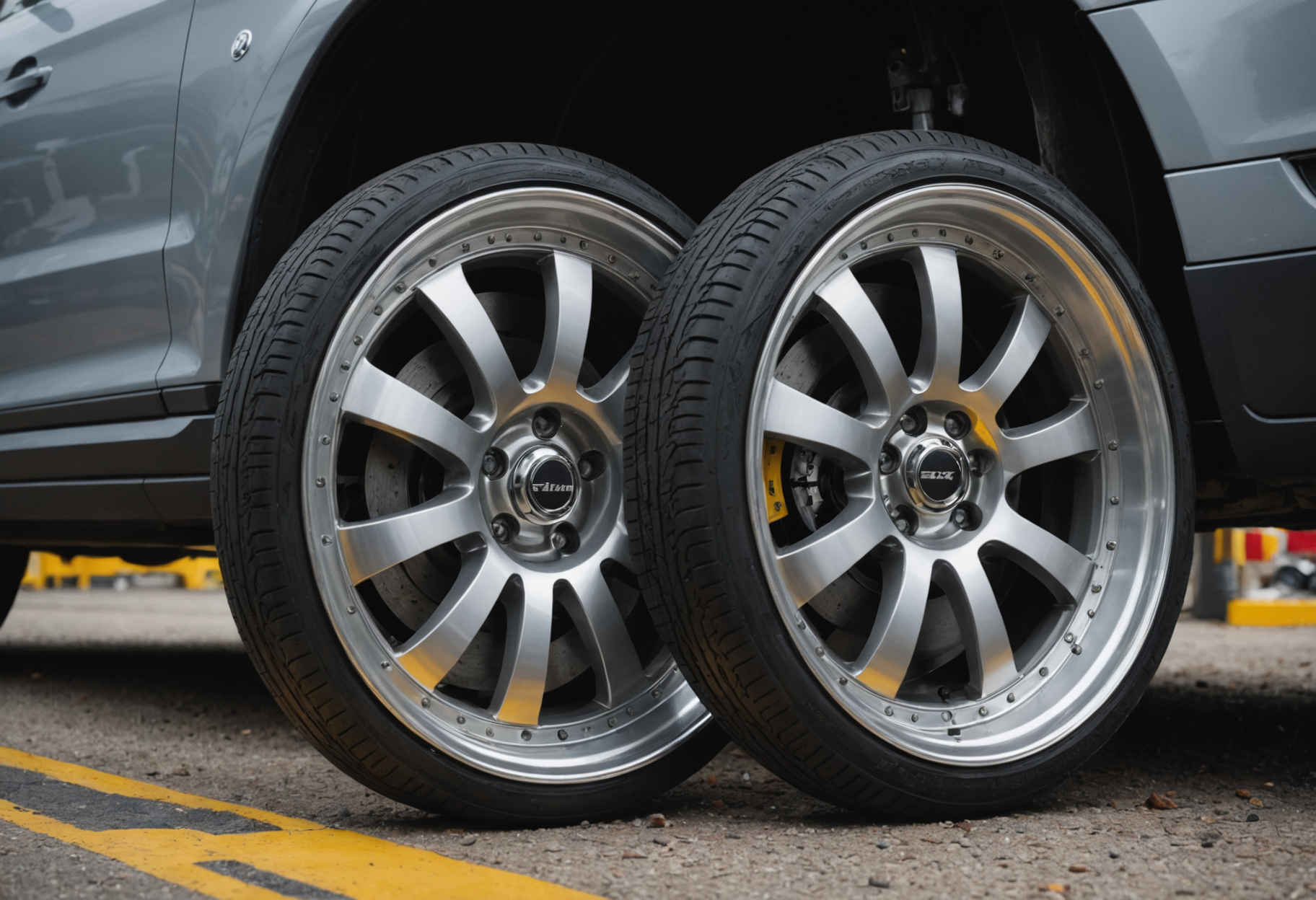When it comes to modifying or replacing wheels on a vehicle, one of the most critical factors to consider is bolt pattern compatibility. This article delves into the significance of bolt patterns, how they affect vehicle performance and safety, and what vehicle owners should know about ensuring proper fitment.
Understanding Bolt Patterns
A bolt pattern refers to the arrangement and number of bolts used to attach a wheel to a vehicle’s hub. The bolt pattern is typically expressed in a format such as “5×114.3,” where the first number represents the number of bolt holes, and the second number refers to the diameter of the circle formed by these holes, measured in millimeters.
Common Bolt Patterns
Different vehicles from various manufacturers utilize distinct bolt patterns. Here are some of the most common bolt patterns in the automotive industry:
- 4×100
- 4×114.3
- 5×100
- 5×114.3
- 5×120
- 6×139.7
Why Bolt Pattern Compatibility Matters
The compatibility of bolt patterns is crucial for several reasons:
1. Safety Concerns
Using wheels that do not match the specified bolt pattern can lead to catastrophic failures. A mismatched wheel may not secure properly, leading to loss of control, tire blowouts, or accidents on the road. Proper bolt pattern compatibility ensures that wheels are firmly attached to the hubs, providing stability and safety during operation.
2. Performance Enhancements
Vehicles are engineered with specific wheel setups to optimize handling, braking, and acceleration. Deviating from the factory-designed bolt pattern by using incompatible wheels can negatively impact the vehicle’s performance. Incorrect fitment can lead to uneven tire wear, poor alignment, and compromised suspension dynamics.
3. Aesthetic Appeal
For many car enthusiasts, the aesthetic appeal of a vehicle is enhanced with aftermarket wheels. However, to obtain the desired look without compromising functionality, it is essential to ensure that the new wheels feature the correct bolt pattern. Customization should never come at the expense of safety or performance.
How to Determine your Vehicle’s Bolt Pattern
Determining the bolt pattern of a vehicle is relatively straightforward. Here’s how to do it:
Step 1: Count the Bolt Holes
Begin by counting the number of bolt holes on your wheels. This gives you the first number in the bolt pattern.
Step 2: Measure the Diameter
To find the second number in the bolt pattern, measure the diameter of the circle formed by the bolt holes. Generally, this is done by measuring from the center of one bolt hole to the center of the bolt hole directly opposite. This measurement is given in millimeters.
Step 3: Use Online Resources
If measuring is challenging, various online databases and vehicle fitment guides can help identify a vehicle’s factory bolt pattern based on the make, model, and year.
Adapting to Different Bolt Patterns
In some cases, vehicle owners may wish to fit wheels with a different bolt pattern. This can be achieved through the use of adapters or spacers. However, caution must be exercised when using these options.
Using Wheel Adapters
Wheel adapters allow different bolt patterns to be used without the need for extensive modifications. They act as a bridge, enabling wheels with different bolt patterns to fit onto a vehicle. Here are some advantages and disadvantages:
| Advantages | Disadvantages |
|---|---|
| Expand options for aftermarket wheels | Can affect handling dynamics |
| Potential for improved aesthetic appeal | Requires precise installation |
| Often made from durable materials | May increase weight |
Using Wheel Spacers
Wheel spacers increase the distance between the wheel and the hub. They allow for the fitting of wider tires for improved traction and aesthetic customization. However, like adapters, they must be used cautiously.
Best Practices for Ensuring Bolt Pattern Compatibility
To ensure that the bolt pattern compatibility is always maintained, vehicle owners should adhere to the following best practices:
1. Research Before Purchase
Before buying new wheels or tires, conduct thorough research on the specific bolt pattern required for your vehicle. Consult fitment guides or manufacturer specifications to confirm compatibility.
2. Seek Professional Help
In instances of doubt, seeking the help of a professional can save owners from making costly mistakes. Certified mechanics can offer invaluable advice on wheel fitment and installation.
3. Regular Inspections
Regular inspections and maintenance are crucial to ensuring that wheels remain securely attached. Check the bolts and fasteners periodically for torque and signs of wear or damage.
Conclusion
In conclusion, bolt pattern compatibility is a vital component of vehicle maintenance and modification. Understanding the intricacies of bolt patterns, their implications for safety and performance, and the various ways to adapt to different patterns can empower vehicle owners to make informed choices. By following best practices and ensuring proper fitment, car enthusiasts and everyday drivers alike can enhance both the aesthetic appeal and operational integrity of their vehicles.






